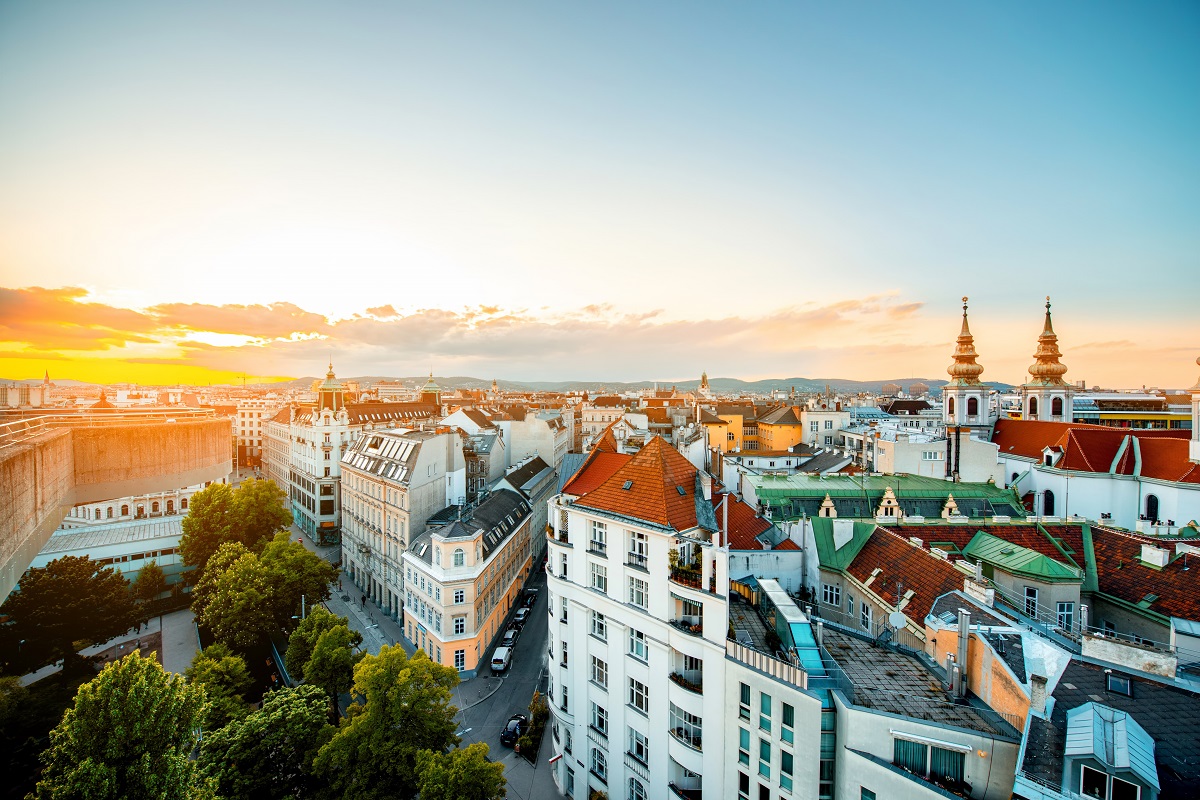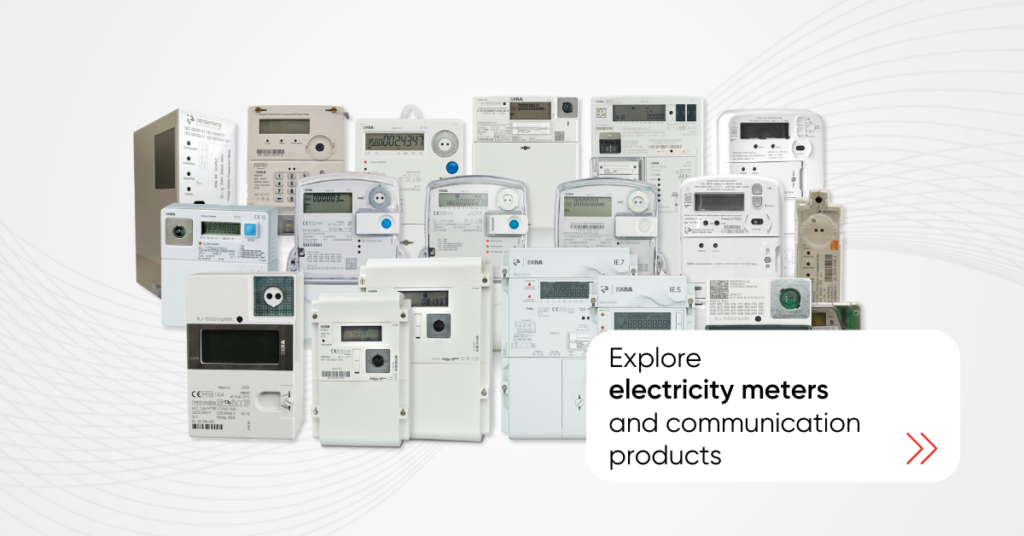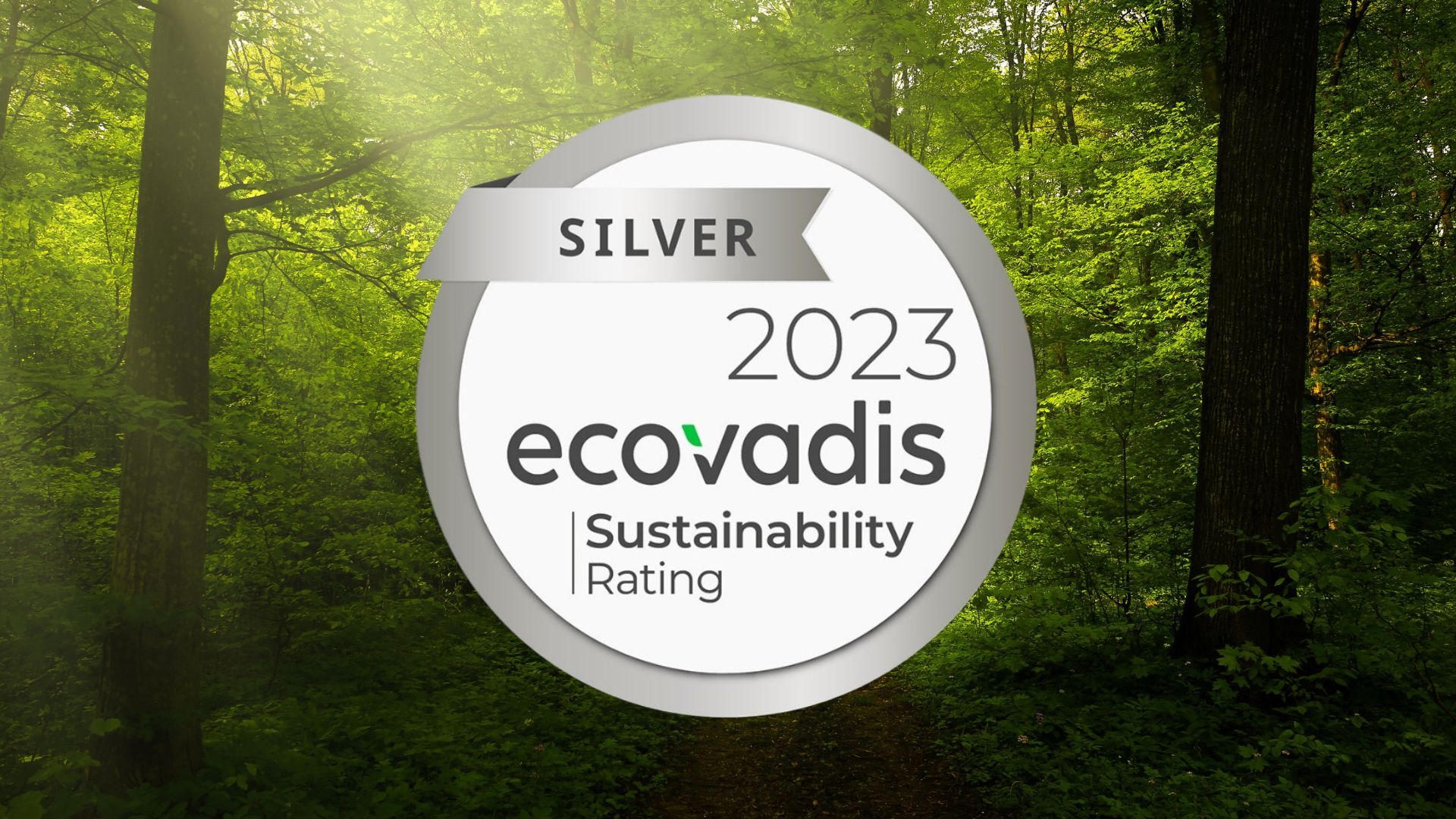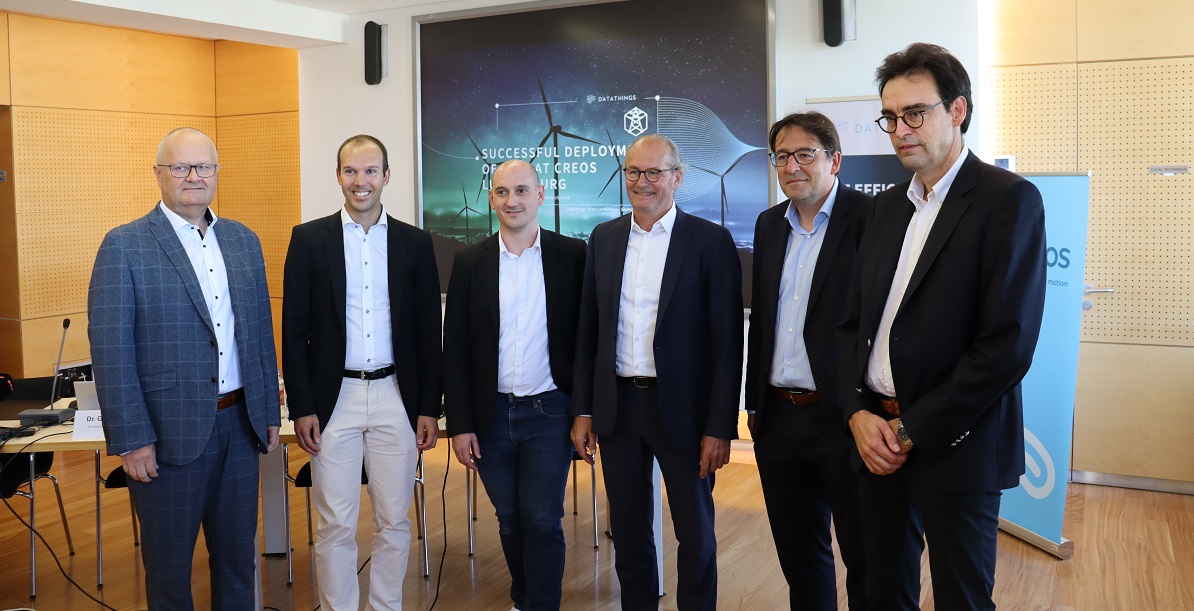The project has recently achieved a significant milestone, with half of the 1.6 million smart meters now installed. This achievement brings them closer to the objective of transitioning to digital electricity meters by the end of 2024, in compliance with the EU mandate requiring at least 80 percent of electricity meters to be converted to digital meters by that time. In Austria, the number is even higher – Austrian network providers must convert at least 95 percent of their meters by then.
Through the adoption of smart meters, Wiener Netze is taking a major step towards building a more efficient, reliable and sustainable energy system, which benefits both the company and its customers. The smart meters will enable greater flexibility and control, allowing for real-time monitoring of electricity usage for customers, identifying energy-saving opportunities, and enabling more accurate billing. The project is a testament to Wiener Netze’s commitment to innovation and its dedication to providing top-quality services to its customers.
We had a privilege of speaking with Johannes Geist, programme manager at Wiener Netze. During our conversation, we had the opportunity to delve deeper into the project, shedding additional light on its complexities and significance.
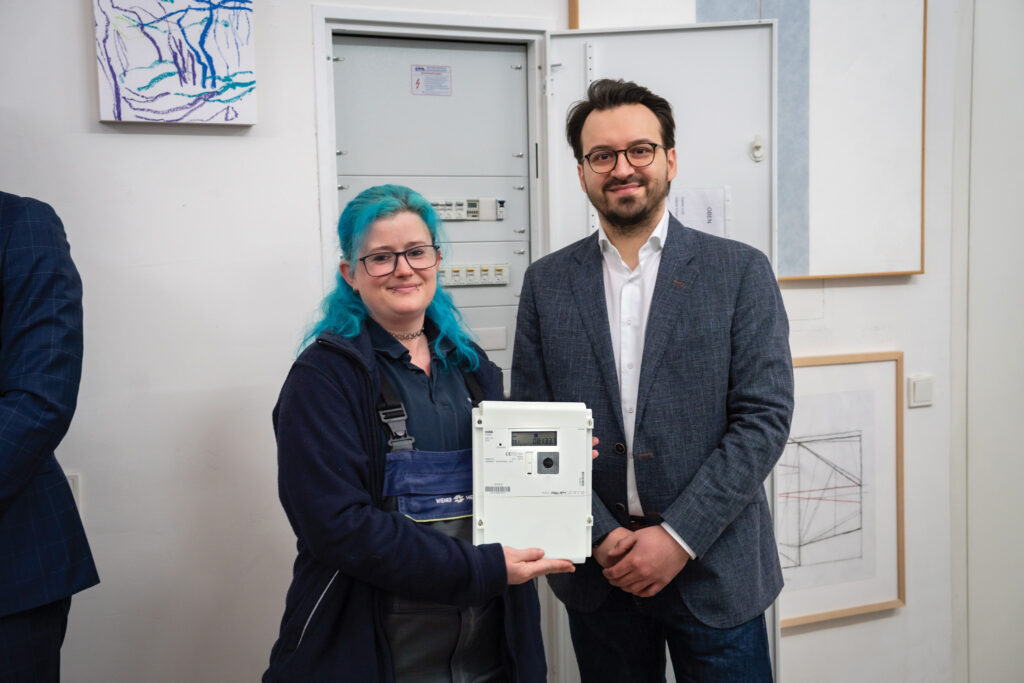
By the end of 2024, electricity grid operators in Austria must ensure that at least 95 percent of meters are upgraded to smart meters. Can you assess where things stand with the digital transformation?
2023 got off to a pretty good start in terms of installed meters – by mid-2023 we will have installed more than 1,000,000 meters. This means that we will reach the 95 percent target on time by the end of 2024. Depending on the area we operate in, the biggest obstacles are usually customers not being at their residence when our teams arrive to install the new meters. 2024 will be a very interesting year for us as we try to reach all the customers who were not on site during our first installation attempt.
That is an interesting challenge that you pointed out. How are you going to overcome it?
First of all, we are currently analyzing where we have some or a higher percentage of people who are not at their home address at the time of the planned installation. Depending on the results of the analysis, we will decide whether we need to adjust our communication with customers. Every customer in Austria receives two letters, one with the most important information about the project and one with the date of the planned installation. We may have to change something in this direction, and perhaps a campaign informing customers that we are almost finished with the conversion could increase customer engagement. Given the current high energy prices, we have already seen much greater engagement from customers with smart meters.
That is probably one of the main reasons why they are more willing to support the transition. Are there any other obstacles that you are encountering?
Currently, many things are happening at once. For example, we are in the middle of our digitalization project and we have already had new regulatory requirements in terms of energy communities, customer information and data exchange. We have to adapt to the new requirements, which requires a lot of planning and also changes, because something you did not plan two months ago now plays an important role. We have also found that some customer installations are not up to date. So that’s something that the customer has to fix before we can install the meters.
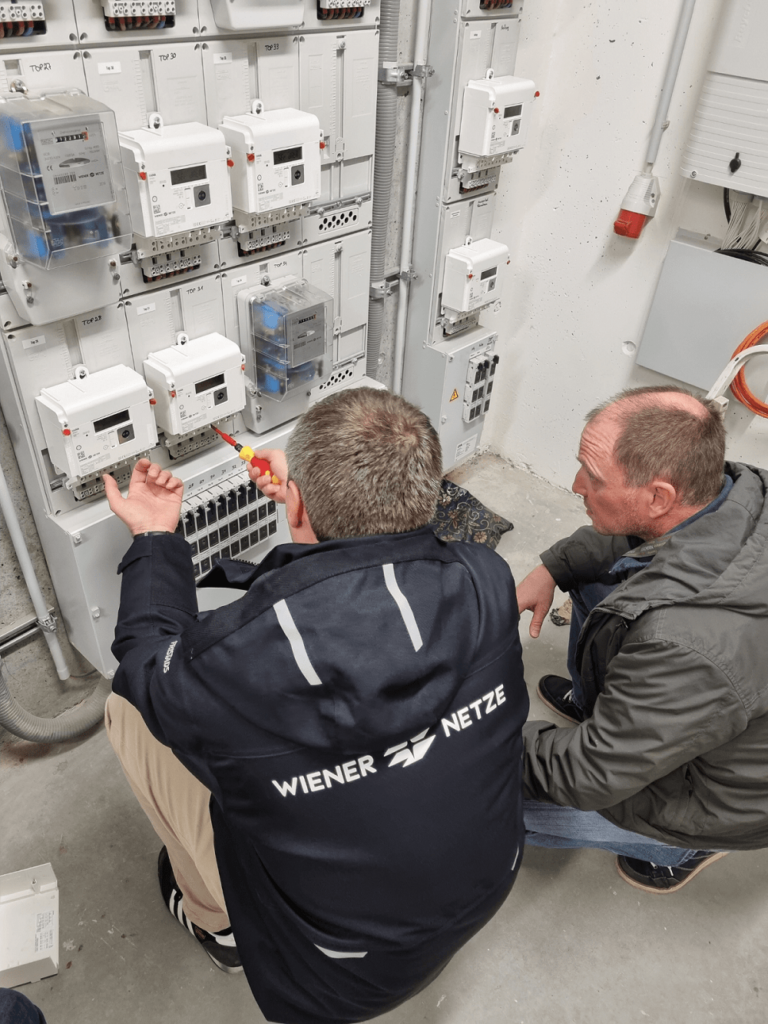
That is also quite a challenge – are there any financial subsidies to encourage customers to do that?
The digitization of the metering itself is free of charge for the customer. Let us take an example: We have a very old system whose meter is installed on a wooden panel. As long as there are no dangerous elements, such as copper cables hanging out, we replace the meter. However, we often find that the contacts where we installed the meters are a little burned. That usually means that the screw was not turned in 100% correctly or something else happened. In that regard, the customer has to fix their installation because it’s on their property. There are indirect tasks that the customer has to do, but there is no cost for the customer for the meter replacement.
Are there any specifics on the Austrian smart meter market in connection with digitization, and are there also characteristics that are now affecting this project?
There is a joke told in Vienna. When you drive out of the city on the highway, you see a sign that says Vienna is different. And this is true not only for Vienna, but for Austria in general. Austrian smart metering is strongly characterized by the fact that customers have the final say. That means we also have a lot of customer interaction with the smart meter itself. With the standard method or standard parameterization of a meter, we measure quarterly hour and daily energy consumption. However, only the daily energy consumption is transmitted to us. Whereas the quarterly hour data stays on the meter itself for 60 days. The customer can also opt-in, which is the Austrian way for 15-minute intervals. But the customer can also opt-out of using the smart meter features, which also opt-out of data collection at the meter itself. That’s just a very specific part of the requirements. We also have the activation and deactivation of many display functions, and this is particularly important in terms of data protection. Customers who have the device located in a place with other customers cannot see past readings, and have to voluntarily enable the display so they can review them. Those are probably the two most striking use cases we have in Austria. But there are many more.
Can you perhaps estimate what percentage of users decide against using the digital functions of their smart meters?
We have the exact data and we know that the number of these users is decreasing. We are currently below 2% of all installed meters where an opt-out was chosen. It used to be about 2.9%, but in the current situation people are more aware of their energy consumption and therefore want to better understand what they are consuming.
In northern countries, we can observe a trend among end customers to have their own in-house display showing consumption. Is this also relevant in Austria? Do you get similar requests from customers?
Not for a device itself, but for providing the technical documentation so they can implement it into their existing home management system. So, maybe they already have a smart home system installed and they also want to have a dashboard to integrate energy or meter data.
What about requests for a mobile app?
Austrian law requires us to provide a comprehensive web portal to view data and also change parameters on the meter itself. Therefore, many of our customer requests to retrieve data on the go are for the web portal. Occasionally we receive requests for an app for Android or iOS, but not on such a large scale, mainly because we already offer an adaptive (responsive) mobile interface that they can use via the browser on their smartphone.
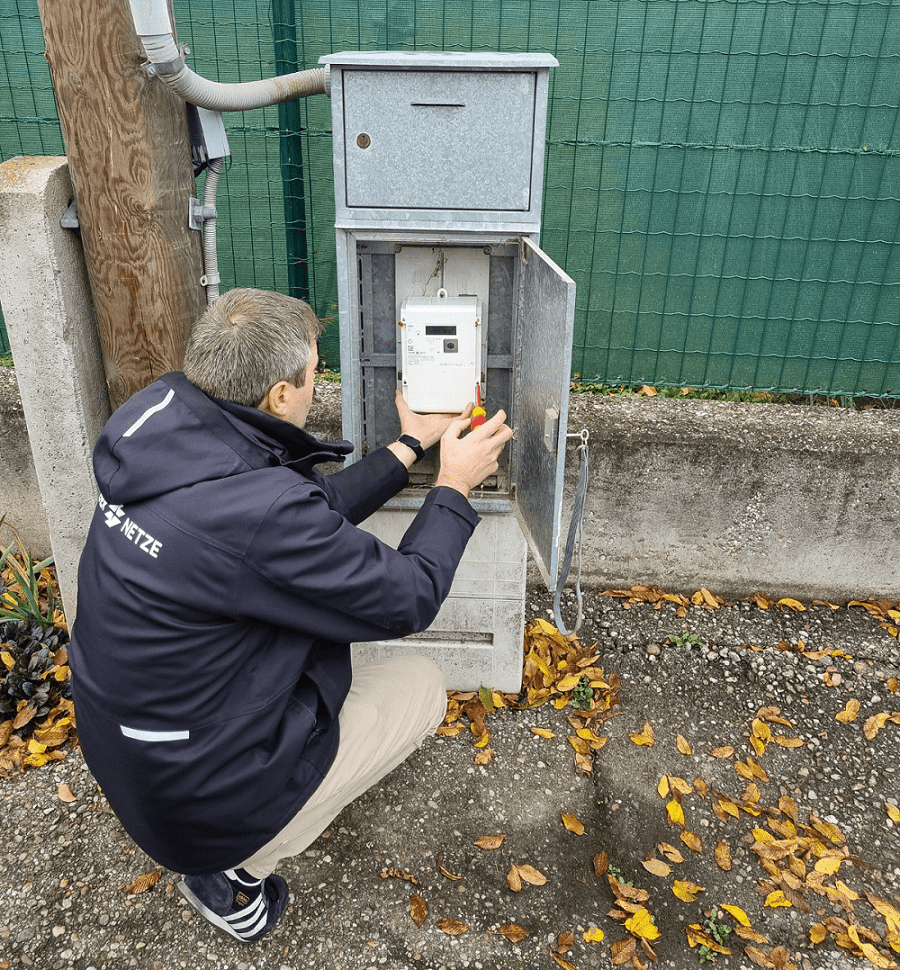
Customers in Vienna can access all the information through your web portal via their PC or mobile phone. Are they able to track their consumption data in real time?
Not real time, but they can see the data the next day. They can also change the parameters, share data on the web portal, set alarms – all in all, they can do a lot of things on the website itself and the website is also accessible by smartphone. Last time we checked, 8.5% of all customers had created a website account and we have about 3% daily users.
In my opinion, we have three different types of customers – first we have the regular customers, who are usually billed once a year. Then we have the classic prosumers, who also produce the electricity and have some interaction with the grid. And finally, we have the active consumers, who not only produce, but also actively control their energy consumption, maybe do some load balancing, e.g. an e-mobility station and so on. We see a lot of customers moving into that active area. It’s going to be interesting because these customers are inter-acting with us much more than the other two types.
This really shows the change in customer behaviour – but how does digitalization change your daily work and operations?
I think one of the biggest innovations is that things are changing much more frequently, especially in IT. In the world of IT there are new requirements all the time, there is feedback from customers who have new functional requests want more information, and we try to use this information and feedback, because it is the customers who use the services we provide. Good feedback leads to a better product or service. That is the biggest change – that we need to change and optimize our solutions more often. The second most important point is customer interaction. There’s a lot more contact with customers, explaining or answering their questions, giving them feedback and so on.
Iskraemeco is one of the consortium partners offering smart meters. What were the factors that influenced your decision to work with Iskraemeco and how is the collaboration going so far?
The contract for our digitization project was awarded to a consortium of partners. Overall, we had quite a lengthy tender process and a concept with three meter suppliers, which gave us a good, strong partner in Europe. That was a good start. In the tender process, we also decided on a consortium. In the end, it was the best offer overall that won. We paid a lot of attention to quality – the price factor was not our main focus when we chose a smart meter provider. Production and delivery quality is something we check regularly – when Iskraemeco supplies meters, they are tested first. Only if the meters pass the tests do we accept the delivery and the quality has been really high.
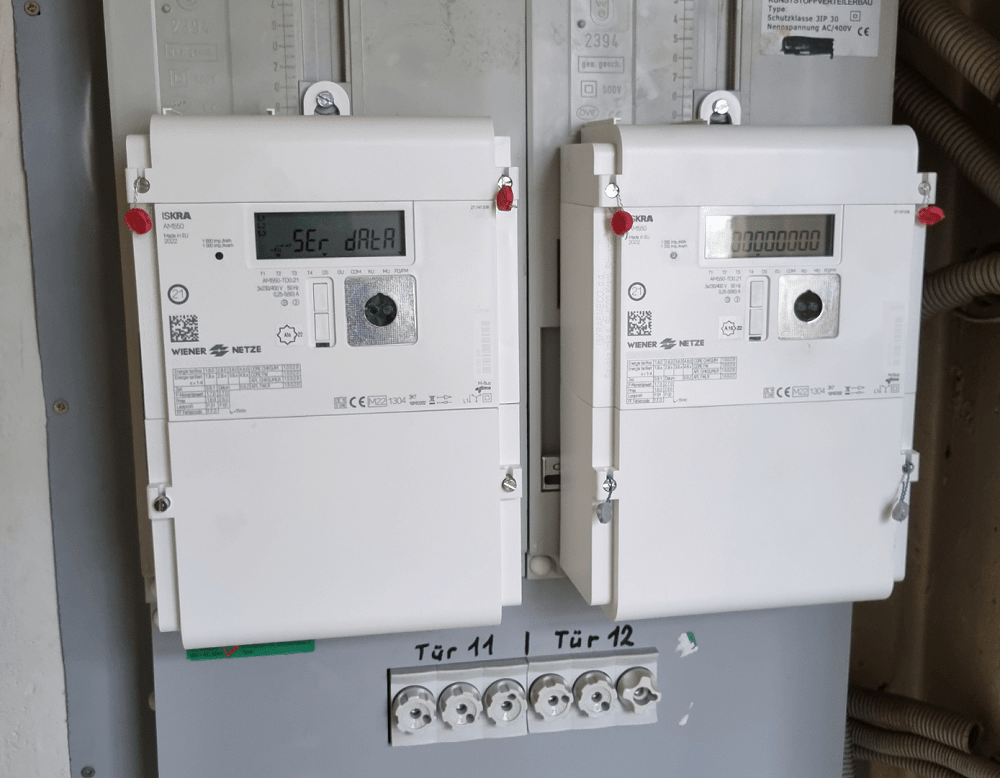
Your project has gone through the difficult time of the Covid 19 epidemic, which has had a major impact on supply chains. Have you felt this impact in the digitization project?
There are two sides to the epidemic when it comes to digitization. First, it represented a big leap in digitization, especially in terms of remote work and remote collaboration, and we had to get used to meetings/project planning taking place over the phone or remote connection. On the other hand, the epidemic had a big setback in installed meters. We did not get enough meters delivered in 2021 and were about over 100,000 meters behind. I would say we have currently recovered about 80% of the setback, so it’s a good thing that a lot of the external staff was still employed, so we did not have to bring new installers into the project. That made it easier to get back on track.
The main goal of the project is energy efficiency. Digitizing the power grid improves energy efficiency and is a basis for sustainability. To what extent do you think this project contributes to the goals of the green transition?
The biggest or first step is that you need data to know where you are and what has changed. You can have the best goals, but if you cannot measure them, you cannot track changes in energy efficiency. That, in my opinion, is the first step to more sustainable customer behaviour. What I have personally found is that a lot of standby appliances have high energy consumption, but when you are not at home, you are still using a lot of energy that’s wasted because you are not using it. People really need to understand that electricity does not come out of an outlet, it’s produced somewhere, it usually has a certain carbon footprint and people need to understand that better. Right now, energy production is not visible to customers. If they are no solar panels on the roofs or wind turbines, they are not visible to customers because energy remain hidden in the ground, in pipelines. That is something that needs to change and become more visible, more understandable. Smart meters and a graphical interface where you can see how much energy you have produced or consumed on a given day is a first step in making that more visible.
So that it is no longer an abstract concept, but something concrete. What do you think now that smart meters are installed, and more and more data is being used? What is the next step then? Do we need to learn more about the data, more about how to use it? How do you see that?
Unfortunately, in Austria it is quite heavily regulated what data we are allowed to use for analytics or grid planning, and I think that is why we are not currently using the full potential of this data. But we need to understand the data, the measurements, what is being measured and what we can do with the data. We need to understand the state of the grid, and there are many differences between different types of grids. A better understanding of the state of the power grid is, I think, the next big step.
